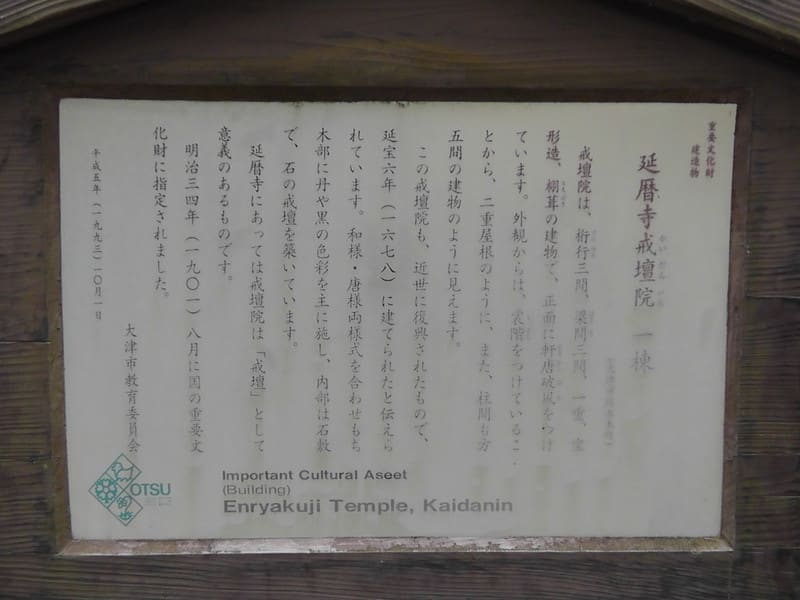数カ月間ダイエットに取り組んで減量に成功しても、減量した体重を長期間維持することは多くの人にとって難しい問題です。時間の経過とともにダイエットに対するモチベーションが下がるという行動上の問題と、体が減量した状態に生物学的に適応するという問題があり、結局はリバウンドして体重が増加する事例が少なくありません。
最近の研究で、減量達成後の低脂肪食はリバウンドにつながる可能性が示されました。
Ebbeling氏らは、ダイエット成功後に低脂肪食を取ると、体重のリバウンドにつながる可能性があるとの研究結果を「JAMA」(2012; 307: 2627-2634)に発表しました。この研究でEbbeling氏らは、三大栄養素(炭水化物、タンパク質、脂質)の割合が大きく異なる3種類の食事制限(低脂肪食、低GI食、超低炭水化物食)のうち、長期にわたって体重減少を維持するのにどれが有効かを比較検討しました。
情報源: 低脂肪食ダイエット VS 低炭水化物ダイエット
Ebbeling, CB. et al. Effects of dietary composition on energy expenditure during weight-loss maintenance. JAMA. 307, 2012, 2627-2634.
低脂肪食、低GI食(low-glycemic index diet)、超低炭水化物食の3種類の食事制限のうち、長期にわたって体重減少を維持するのにどれが有効かを比較検討した論文。
期間は2006年6月16日から2010年6月21日で、対象はBMI値27以上の体重過多あるいは肥満の成人(18歳から40歳)。参加者は、まず最初に“ならし期間”の食事で10~15%体重減少が見られた後、同じカロリーに揃えた以下の3種類の食事制限をランダムな順番でそれぞれ4週間づつ摂り続けた。
A:低脂肪食(エネルギー源として60%が炭水化物、20%が脂質、20%がタンパク質。血糖負荷は高い)
B:低GI食(エネルギー源の40%が炭水化物、40%が脂質、20%がタンパク質。血糖負荷は中程度)
C:超低炭水化物食(エネルギー源の10%が炭水化物、60%が脂質、30%がタンパク質。血糖負荷は低い)
評価項目:
1) 基礎代謝、総エネルギー消費量
2) ホルモン値(レプチン、尿中コルチゾール排泄量、など)
3) メタボリックシンドロームの要素(コレステロール、中性脂肪、インスリン感受性、CRP、血圧など)
結果:
● 基礎代謝量は、減量前と比べて、低脂肪食で1日平均-205kcalと最も大きく低下。低GI食は1日平均-166kcalと中程度の低下、超低炭水化物食は1日平均-138kcalと低下の度合いは緩やかだった。
● 総エネルギー消費量も、同様のパターンで低下した(低脂肪食:1日平均-423kcal、低GI食:1日平均-297kcal、超低炭水化物食:1日平均-97kcal)。
⇒つまり、低脂肪食は減量維持期間のエネルギー消費量が最も低下し、リバウンドを起こしやすい。
● 肥満者で低くなるレプチン感受性は、低脂肪食<低GI食<超低炭水化物食の順となった。
●インスリン感受性は低脂肪食が一番低く、血圧の変化は3種類の食事制限で違いはなかった。
●血清HDLコレステロール(善玉コレステロール)の値は、低脂肪食で平均40mg/dL、低GI食で45mg/dL、超低炭水化物ダイエットで48mg/dLだった。
●中性脂肪は低脂肪食で107mg/dL、低GI食で87mg/dL、超低炭水化物食で66mg/dLだった。
⇒超低炭水化物食が、中性脂肪を最も低く抑えられる上にHDLコレステロール値が高くなるため、メタボリックシンドロームの予防になると思われた。
●ストレス評価ホルモンである「尿中コルチゾール」の24時間排泄量が、超低炭水化物ダイエットで最も高くなった。コルチゾールのレベルが上がると、肥満、インスリン抵抗性や心血管系疾患を引き起こすことが過去の調査で知られている。
●体に炎症や傷がある場合に血清中に増えるタンパク質「CRP」の値が、超低炭水化物ダイエットで高い傾向にあった。
⇒超低炭水化物食は心血管疾患の合併や慢性の炎症を増加するリスクがある。
減量後にその体重を維持しようとした時、同カロリーの食事でも、超低炭水化物食は低脂肪食と比べて基礎代謝を1日平均67kcal高く維持でき、総エネルギー消費量は1日約300kcal高かった。この違いは、減量後に長期間、体重を維持するにあたって大きく影響する。超低炭水化物食は、エネルギー消費やメタボリック症候群に対しては最もよい影響を与えたが、心血管疾患の合併や慢性の炎症を増加するリスクがある。一方、低脂肪食は、エネルギー消費と血清レプチンを変化させるのでリバウンドしやすいと考えられ、メタボリック症候群への悪い影響もあった。低GI食は比較的マイルドではあるものの、超低炭水化物食と似ている。
****** JAMA. 2012 Jun 27;307(24):2627-34.
Effects of dietary composition on energy expenditure during weight-loss maintenance.
Ebbeling CB, Swain JF, Feldman HA, Wong WW, Hachey DL, Garcia-Lago E, Ludwig DS.
New Balance Foundation Obesity Prevention Center, Children's Hospital Boston, 300 Longwood Ave, Boston, MA 02115, USA.
Abstract
CONTEXT: Reduced energy expenditure following weight loss is thought to contribute to weight gain. However, the effect of dietary composition on energy expenditure during weight-loss maintenance has not been studied.
OBJECTIVE: To examine the effects of 3 diets differing widely in macronutrient composition and glycemic load on energy expenditure following weight loss.
DESIGN, SETTING, AND PARTICIPANTS: A controlled 3-way crossover design involving 21 overweight and obese young adults conducted at Children's Hospital Boston and Brigham and Women's Hospital, Boston, Massachusetts, between June 16, 2006, and June 21, 2010, with recruitment by newspaper advertisements and postings.
INTERVENTION: After achieving 10% to 15% weight loss while consuming a run-in diet, participants consumed an isocaloric low-fat diet (60% of energy from carbohydrate, 20% from fat, 20% from protein; high glycemic load), low-glycemic index diet (40% from carbohydrate, 40% from fat, and 20% from protein; moderate glycemic load), and very low-carbohydrate diet (10% from carbohydrate, 60% from fat, and 30% from protein; low glycemic load) in random order, each for 4 weeks.
MAIN OUTCOME MEASURES: Primary outcome was resting energy expenditure (REE), with secondary outcomes of total energy expenditure (TEE), hormone levels, and metabolic syndrome components.
RESULTS: Compared with the pre-weight-loss baseline, the decrease in REE was greatest with the low-fat diet (mean [95% CI], -205 [-265 to -144] kcal/d), intermediate with the low-glycemic index diet (-166 [-227 to -106] kcal/d), and least with the very low-carbohydrate diet (-138 [-198 to -77] kcal/d; overall P = .03; P for trend by glycemic load = .009). The decrease in TEE showed a similar pattern (mean [95% CI], -423 [-606 to -239] kcal/d; -297 [-479 to -115] kcal/d; and -97 [-281 to 86] kcal/d, respectively; overall P = .003; P for trend by glycemic load < .001). Hormone levels and metabolic syndrome components also varied during weight maintenance by diet (leptin, P < .001; 24-hour urinary cortisol, P = .005; indexes of peripheral [P = .02] and hepatic [P = .03] insulin sensitivity; high-density lipoprotein [HDL] cholesterol, P < .001; non-HDL cholesterol, P < .001; triglycerides, P < .001; plasminogen activator inhibitor 1, P for trend = .04; and C-reactive protein, P for trend = .05), but no consistent favorable pattern emerged.
CONCLUSION: Among overweight and obese young adults compared with pre-weight-loss energy expenditure, isocaloric feeding following 10% to 15% weight loss resulted in decreases in REE and TEE that were greatest with the low-fat diet, intermediate with the low-glycemic index diet, and least with the very low-carbohydrate diet.






















